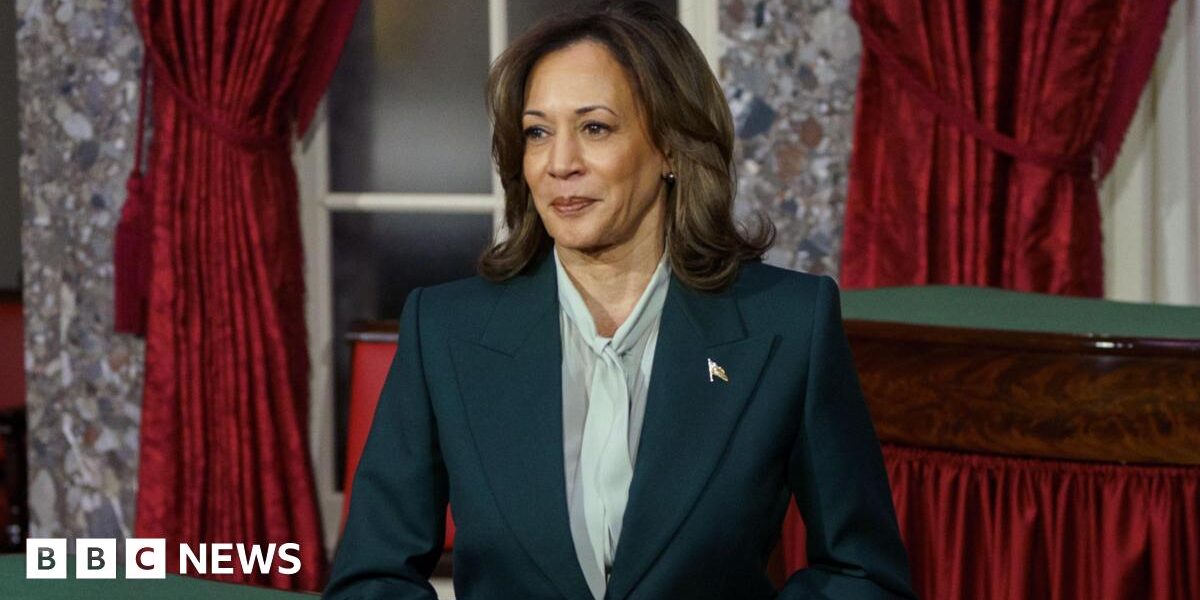What that means is less clear. For some donors and supporters, staying “in the fight” could translate to a run for California governor in 2026, when a term-limited Gavin Newsom will step down and potentially pursue his own White House ambitions. The job, leading the world’s fifth-largest economy, would also put Harris in direct conflict with Trump, who has regularly assailed the state for its left-leaning policies.
But governing a major state is no small feat, and would derail any presidential run, as she would be sworn into office about the same time she would need to launch a national campaign.
Those who have spoken to Harris said she remains undecided about the governor’s race, which some allies have described as a potential “capstone” to her career.
She has won statewide office three times as California’s attorney general and later as a US senator. But a gubernatorial win would give her another historic honour – becoming the nation’s first black female governor.
Still, some allies acknowledge it would be difficult to transition from being inside a 20-car motorcade and having a seat across the table from Ukrainian President Volodymyr Zelensky to the governor’s mansion.
The private sector is another option.
“For women at other levels of office, when they lose an election, sometimes options are not as available to them compared to men, who get a soft landing at a law firm or insurance business, and it gives them a place to take a beat, make some money and then make decisions about what’s next,” said Debbie Walsh, director for the Center for American Women and Politics at Rutgers University.
“I don’t think that’s going to be a problem for Kamala Harris. I think doors will open for her if she wants to open them.”
But for Harris, who has been in elected office for two decades, and worked as a public prosecutor before that, an afterlife as governor may be the most fitting option.
“When you’ve had one client – the people – for the entirety of your career,” said one former adviser, “where do you go from here?”





